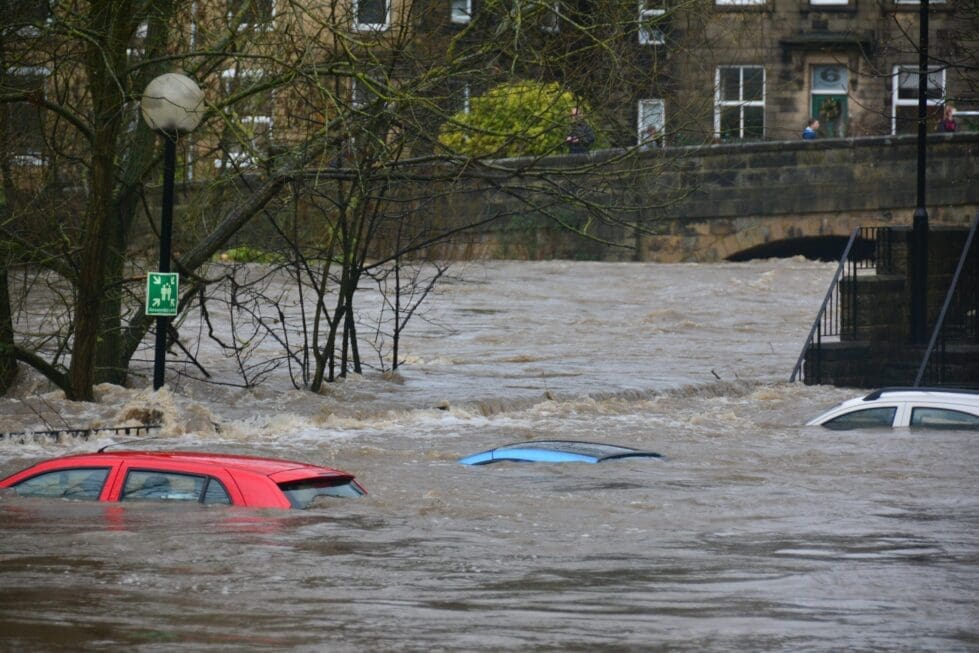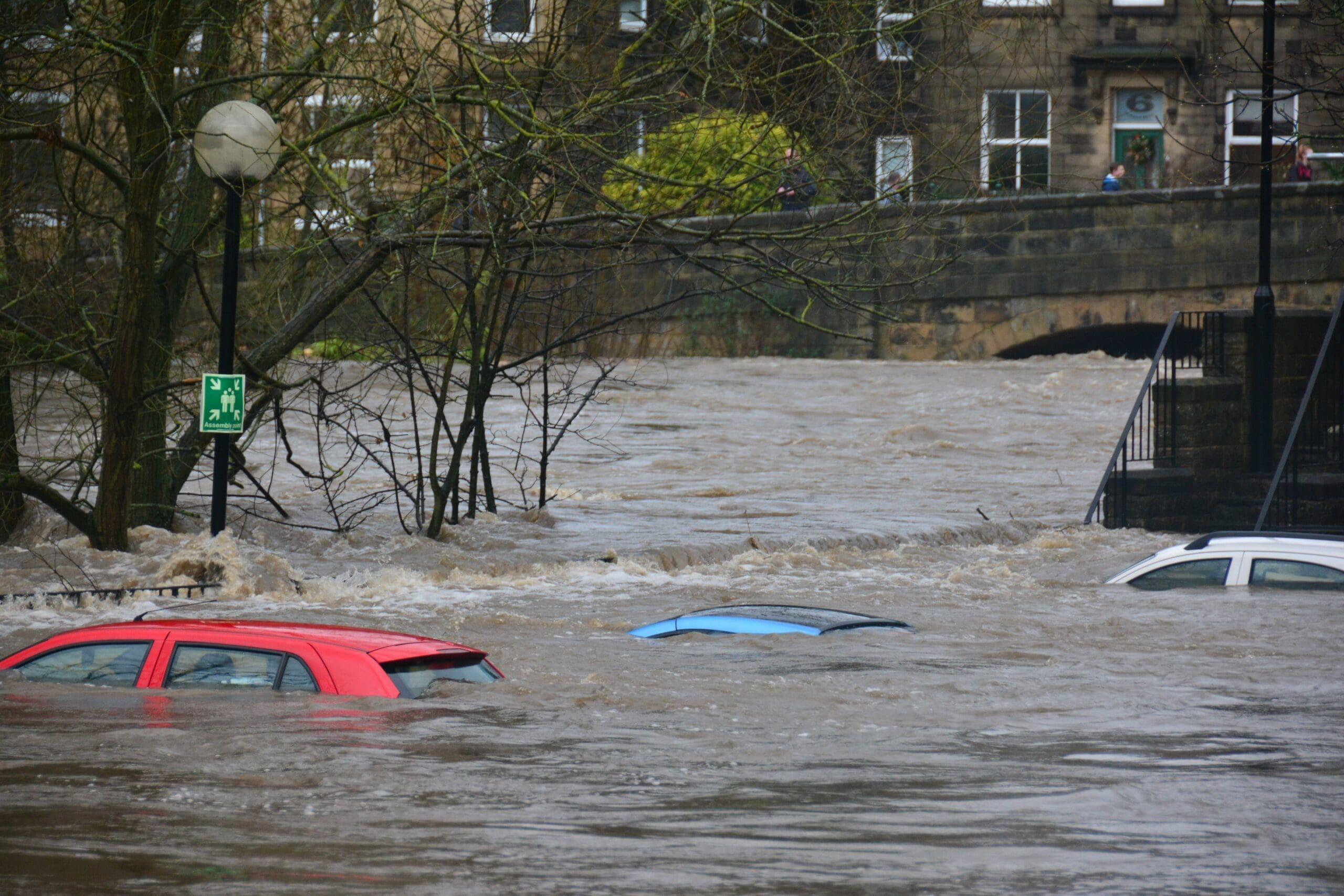The First State has adopted a new five-year plan to protect residents from hazards and improve responses to disasters.
Delaware’s 2023-2028 Hazard Mitigation Plan outlines risks and vulnerabilities faced by the state’s citizens, but also offers ideas and recommendations for protecting and improving resilience in the state.
The plans are updated every five years.
By developing and adopting the plan, Delaware communities are now eligible to receive certain types of Federal Emergency Management Agency (FEMA) assistance.
Those financial supports include Hazard Mitigation Assistance grants, Public Assistance funds, and High Hazard Potential Dam funding.
Delaware’s plan was developed by the State Hazard Mitigation Council, which includes staff from state agencies, the University of Delaware and community members.
Outlined in the plan are 12 natural hazards that could impact the state of Delaware within the next five years, which are:
- Coastal erosion
- Coastal flooding
- Dam/levee failure flooding
- Drought
- Earthquakes
- Extreme temperatures
- Inland flooding
- Local earth movement
- Severe thunderstorms & tornadoes
- Severe winter weather
- Tropical cyclones, including hurricanes
- Wildfire and smoldering fires
These events were identified through an evaluation of historical weather events and data from several sources that look at existing conditions and projections for future climate conditions and growth in the state.
The plan takes into consideration underserved and vulnerable populations in Delaware and discusses how climate change will exacerbate social vulnerabilities.
It also assesses risks to the state’s economy, the natural environment, the built environment and the people who live, work and visit the state.
Included in the considerations were risk to hospitals, water treatment facilities, bridges, schools, power stations and other critical facilities that keep Delaware going, as well as cultural and historic resources.
Solutions are proposed to lessen the impact from a natural hazard or disaster through a mitigation strategy section, identifying projects and funding opportunities for cities, counties and the state.
Some high-priority mitigation strategies are to:
- Protect and secure critical infrastructure and community lifelines to mitigate impacts from natural and manmade threats.
- Create and promote a statewide climate resiliency educational campaign.
- Assist local governments in developing strategies to protect wastewater treatment facilities from flooding.
- Designate shoreline zones for adaptation action.
- Fund projects to make hazardous dams safer.
- Enhance the power grid and energy infrastructure to accommodate the national push for electrical vehicles and the possible charging surge during an evacuation.
- Identify sites that could serve as heating and cooling centers during extreme heat and cold events.
“This State Hazard Mitigation Plan update is one of the many steps our State is taking to reduce risk across Delaware,” said A.J. Schall, Delaware Emergency Management’s agency director.
Delaware is in FEMA Region 3, which also includes the District of Columbia, Maryland, Pennsylvania, Virginia and West Virginia.

Raised in Doylestown, Pennsylvania, Jarek earned a B.A. in journalism and a B.A. in political science from Temple University in 2021. After running CNN’s Michael Smerconish’s YouTube channel, Jarek became a reporter for the Bucks County Herald before joining Delaware LIVE News.
Jarek can be reached by email at [email protected] or by phone at (215) 450-9982. Follow him on Twitter @jarekrutz
Share this Post





